Introduction to O DATA and Business Intelligence
Business Intelligence (BI) has become a crucial component of modern organizations, enabling data-driven decision-making and providing valuable insights. O DATA, the Open Data Protocol, offers a standardized way to create Web APIs for data exchange, making it an ideal technology for integrating BI solutions. This article explores the powerful combination of O DATA and Business Intelligence, highlighting how it enhances data accessibility, analysis, and reporting for businesses.
1. O DATA as a Data Source for BI Tools
Simplified Data Access and Integration
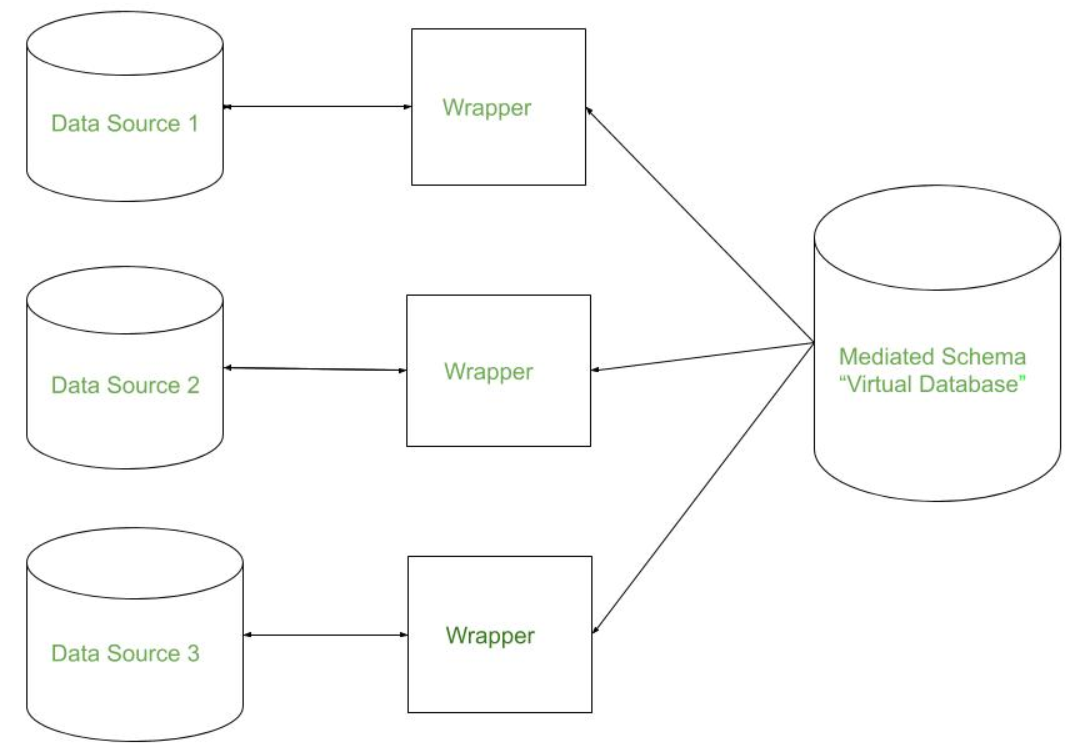
O DATA serves as an efficient and standardized data source for BI tools. With O DATA APIs, BI applications can directly connect to various data repositories, including databases, cloud storage, and web services. This seamless integration eliminates the need for complex data connectors and custom integrations, simplifying the data access process for BI analysts and developers.
Real-Time Data Streaming
![What Is Real Time Data Streaming? [Benefits & Use Cases] | Estuary](https://estuary.dev/static/97dfb8a87083b3ec2944f995b3b1c4f2/7ab94/b45778_01_Real_Time_Data_Streaming_What_is_Real_Time_Data_Streaming_42c3a3b577.png)
One of the significant advantages of using O DATA as a data source for BI tools is real-time data streaming. O DATA supports real-time updates, enabling BI applications to access the most current data for analysis and reporting. This real-time data streaming ensures that decision-makers have access to the latest business insights, facilitating prompt and well-informed decision-making.
2. O DATA and Data Visualization
Rich Data Formats for Visualization
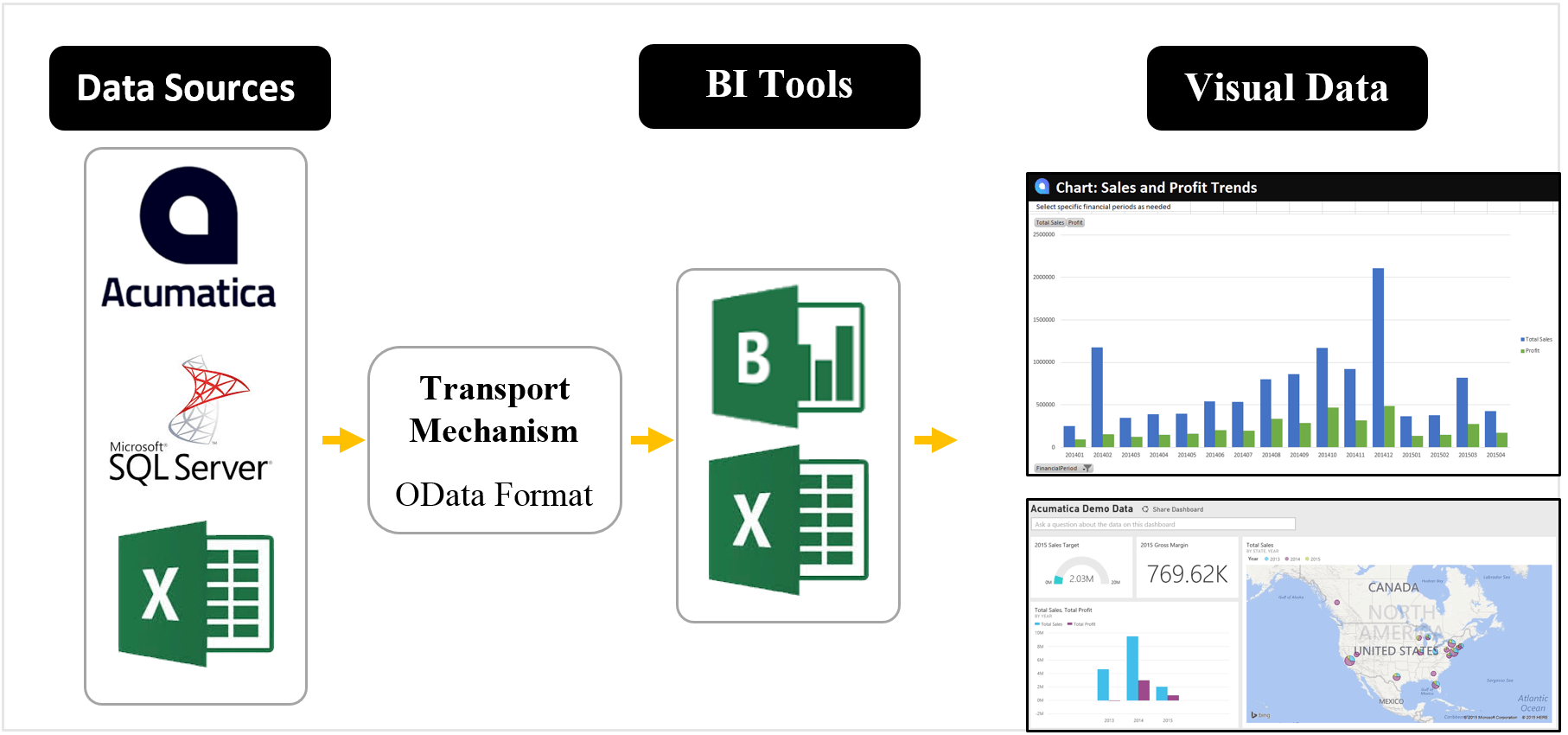
O DATA supports various data formats, including JSON and AtomPub, which are easily compatible with BI visualization tools. BI analysts can directly consume O DATA responses and leverage these formats to create interactive dashboards, charts, and graphs. The rich data formats enable seamless data visualization, empowering analysts to present complex data in a visually appealing and understandable manner.
Interactive and Exploratory Data Analysis

O DATA’s integration with BI visualization tools allows for interactive and exploratory data analysis. Analysts can drill down into specific data points, apply filters, and interact with visualizations to gain deeper insights. This level of interactivity enhances the data analysis process, encouraging a more profound understanding of business trends and patterns.
3. Enhancing Business Intelligence with O DATA Capabilities
Advanced Data Querying and Filtering
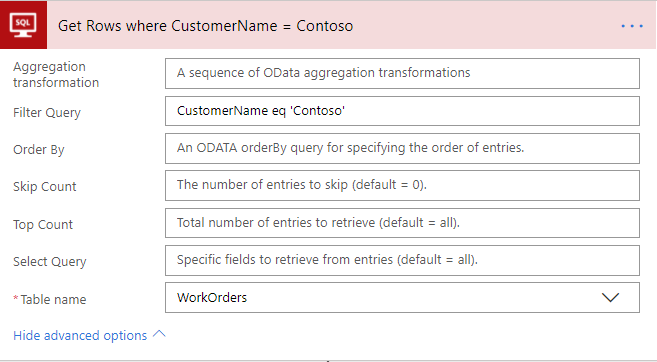
O DATA provides a comprehensive set of query options, allowing BI analysts to perform advanced data filtering, sorting, and grouping. The ability to create complex queries ensures that analysts can extract specific data subsets for in-depth analysis. Moreover, O DATA’s support for different query options enhances data accessibility and empowers analysts with more flexible data exploration.
Real-Time Analytics and Reporting
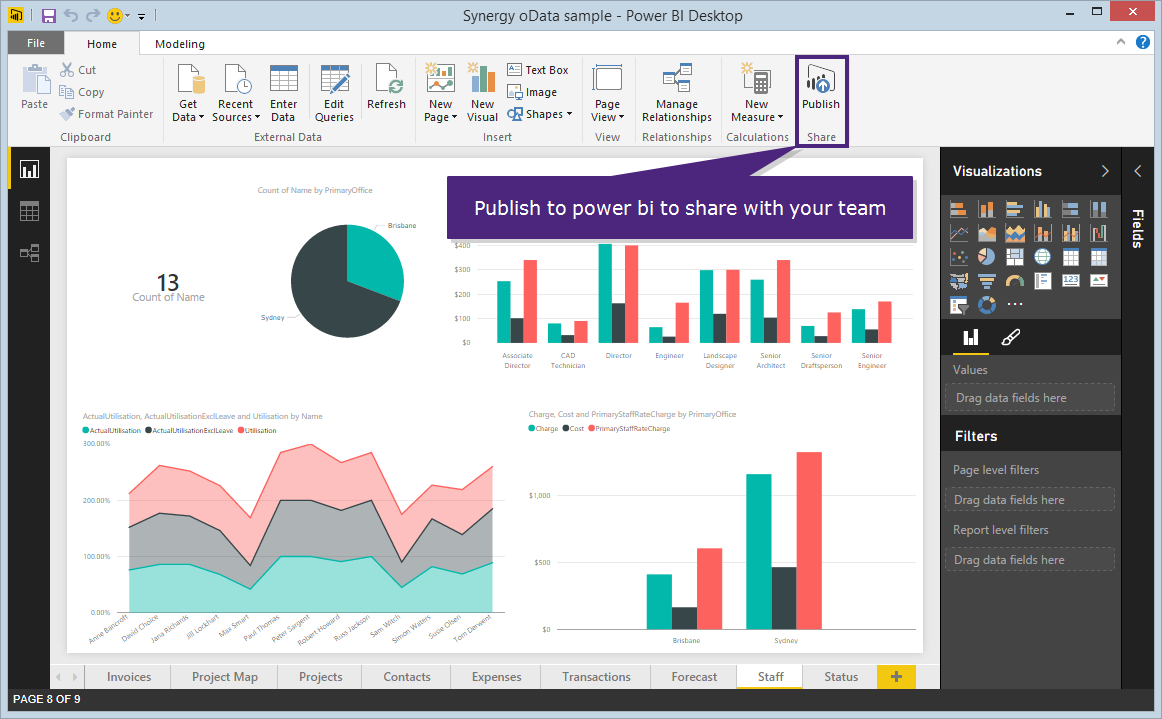
By leveraging O DATA’s real-time data streaming capabilities, BI applications can provide real-time analytics and reporting. Organizations can monitor critical metrics and KPIs in real-time, enabling timely responses to changing business conditions. Real-time analytics enhances operational efficiency and empowers organizations to seize immediate opportunities.
Conclusion
Integrating O DATA with Business Intelligence significantly enhances data accessibility, analysis, and reporting capabilities. As a standardized data source, O DATA simplifies data access for BI tools and enables real-time data streaming for prompt decision-making. Additionally, O DATA’s support for rich data formats enhances data visualization, making it easier for analysts to create interactive dashboards and charts. By leveraging O DATA’s advanced querying capabilities, businesses can perform in-depth data analysis, leading to more informed decisions and improved overall performance. The combination of O DATA and Business Intelligence offers a powerful solution for data-driven organizations, ensuring they stay competitive in today’s dynamic business landscape.
FAQs (Frequently Asked Questions)
-
-
- Can O DATA be used with any BI tool? Yes, O DATA can be used with various BI tools that support data access through Web APIs. Most modern BI tools, such as Microsoft Power BI, Tableau, and QlikView, offer O DATA integration capabilities.
-
- What are the benefits of using O DATA for real-time data analysis? O DATA’s real-time data streaming capabilities enable organizations to access the most up-to-date data for analysis and reporting. This ensures that decision-makers have access to real-time insights, empowering them to make prompt and well-informed decisions.
-
- How can O DATA enhance the interactivity of BI visualizations? O DATA’s support for rich data formats and advanced querying options allows BI analysts to create interactive visualizations. Analysts can interact with the data, apply filters, and drill down into specific details, providing a more immersive and exploratory data analysis experience.
Bonus: Courses For Sap BW On HANA Training
PART-10
PART-12
Find Your Preferred Courses
SAP SD (Sales and Distribution) is a module in the SAP ERP (Enterprise Resource Planning) system that handles all aspects of sales and distribution processes. S4 HANA is the latest version of SAP’s ERP suite, built on the SAP HANA in-memory database platform. It provides real-time data processing capabilities, improved…
SAP Human Capital Management (SAP HCM) is an important module in SAP. It is also known as SAP Human Resource Management System (SAP HRMS) or SAP Human Resource (HR). SAP HR software allows you to automate record-keeping processes. It is an ideal framework for the HR department to take advantage…
I am text block. Click edit button to change this text. Lorem ipsum dolor sit amet, consectetur adipiscing elit. Ut elit tellus, luctus nec ullamcorper mattis, pulvinar dapibus leo.
Salesforce Developer Training Overview Salesforce Developer training advances your skills and knowledge in building custom applications on the Salesforce platform using the programming capabilities of Apex code and the Visualforce UI framework. It covers all the fundamentals of application development through real-time projects and utilizes cases to help you clear…
SAP EWM stands for Extended Warehouse Management. It is a best-of-breed WMS Warehouse Management System product offered by SAP. It was first released in 2007 as a part of SAP SCM meaning Supply Chain Management suite, but in subsequent releases, it was offered as a stand-alone product. The latest version…
Oracle PL-SQL is actually the number one database. The demand in market is growing equally with the value of the database. It has become necessary for the Oracle PL-SQL certification to get the right job. eLearning Solutions is one of the renowned institutes for Oracle PL-SQL in Pune. We believe…
Course details for Pega Training in Pune Elearning solution is the best PEGA training institute in Pune. PEGA is one of the Business Process Management tool (BPM), its development is based on Java and OOP concepts. The PAGA technology is mainly used to improve business purposes and cost reduction. PEGA…
SAP PP Training Institute in Pune SAP PP training (Production Planning) is one of the largest functional modules in SAP. This module mainly deals with the production process like capacity planning, Master production scheduling, Material requirement planning shop floor, etc. The PP module of SAP takes care of the Master…
SAP BASIS Module Course Content (1) Hardware and Software Introduction (i) Hardware (a) Hardware Introduction (b) Architecture of different Hardware devices (ii) Software (a) Software Introduction (b) Languages and Software Development (c) Introduction to OS (d) Types of OS (iii) Database Concepts (a) Introduction (b) Database Architecture and concepts (c)…
Curriculum Details SAP HANA Administration SAP HANA Introduction SAP HANA Introduction SAP HANA Information Sources Installation Preparation SAP HANA Sizing Linux Operating system requirements SAP HANA Installation Introduction to SAP HANA Lifecycle Management tools Describing Advanced Installation options Explaining a Distributed system SAP HANA Architecture SAP HANA Architecture and Technology…
Business Warehouse (BW) is SAP’s data warehousing application; it uses an SAP NetWeaver application server, but can run on many different databases. Improvements come with each version of Courses for sap BW on HANA training, but a really big jump in functionality comes when SAP BW is installed on the…
SAP SAP HANA simple logistics is also known as HANA enterprise management. Different area of business is combined in this suit itself like HANA enterprise-management helps in faster and efficient processing of business data in the area of logistics, supply chain, procurement, user experience, sales, partner management. So Course for…
ABAP remains a key language as many SAP business applications and custom developments are written in ABAP, with Courses for sap ABAP on HANA training there are numerous improvements. The ABAP language, which allows writing streamlined ABAP code and benefit from SAP HANA. SAP HANA is a relational DBMS in SAP…
SAP HANA is the latest ERP Solution from SAP, which is a combination of Hardware and Software. HANA has unprecedented adoption by the SAP customers. courses for SAP HANA training institutes. SAP HANA is the latest, in-memory database, and platform which can be deployed on-premises or cloud. SAP HANA is a…
Oracle Applications R12 HRMS is one of the most demanded applications by most organizations. It is the core application possess by the ERP system. The core objective of the organization to implement Oracle R12 HRMS is to organize the entire activates of human resources management. An Elearning solution is well…
Elearning solutions provide training suit for Oracle Apps R12 SCM with training from industry experts. The organizations are adopting Oracle’s supply chain management cloud as they deliver the insights, visibility, and capabilities for organizations’ management. Oracle Apps R12 SCM allows the industry to create own intelligent supply chain. Hence, it…
Oracle Apps R12 Technical Course Elearning solutions is the best Oracle Apps R12 technical course in Pune owned by well trained and certified trainers. The training is conducted by the best experienced IT professionals with skilled resources. The course structure is based on the real-time scenario so that it will…

₹25,000.00
Elearning solutions is the best SAP FICO training institute in Pune. SAP FICO is the Finance and Cost controlling module is one of the most important and widely used SAP ERP modules among organizations. As it is very robust and encounter almost all the business processes. In SAP FICO, FI…
Elearning solutions provide SAP SD training. The tutorials are designed for the students who desired to understand SAP SD concepts and implement them in practice. The SAP SD training is delivered by industry experts, who are aware of the real-time scenarios. Hence, supporting students understand, what will be there on…
SAP WM training is offered by Elearning solutions provides 100% hands-on practical classes. The primary focus of training is getting placement for all the students. The tutorials are designed for the students who wished to work on live projects for the organizations. The syllabus of SAP WM training is crafted…
Elearning solutions are the best SAP MM training institute in Pune. SAP MM (material management system) is one of the important models of the SAP ERP system, which is particularly designed for business processes. SAP MM deals with the entire material and inventory management of the organization. The module is…
Elearning Solutions best SAP ABAP training institute in Pune provides real-time training for students. SAP ABAP (Advanced Business Application Programming) is a programming language for building SAP applications such as SAP R/3 which runs in the SAP ABAP runtime environment. (SAP ABAP online course) SAP ABAP is used by organizations…

![What Is Real Time Data Streaming? [Benefits & Use Cases] | Estuary](https://estuary.dev/static/97dfb8a87083b3ec2944f995b3b1c4f2/7ab94/b45778_01_Real_Time_Data_Streaming_What_is_Real_Time_Data_Streaming_42c3a3b577.png)






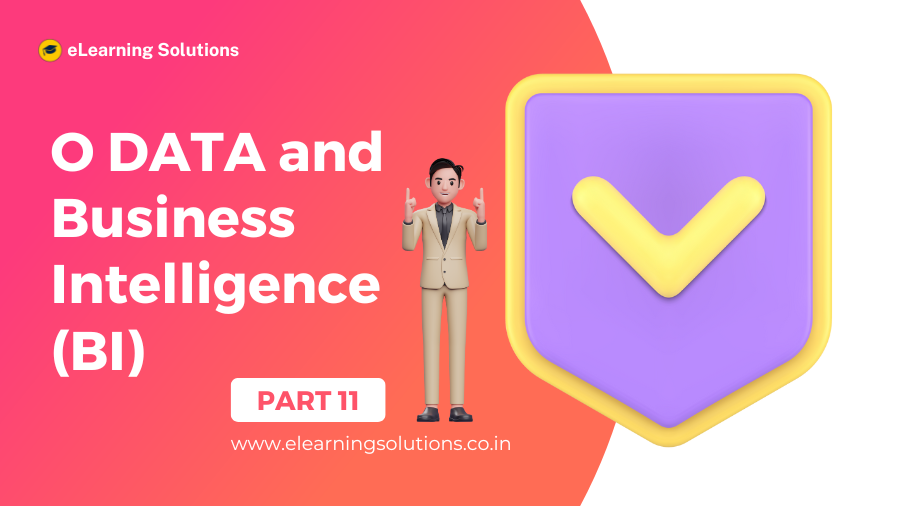

 WhatsApp us
WhatsApp us